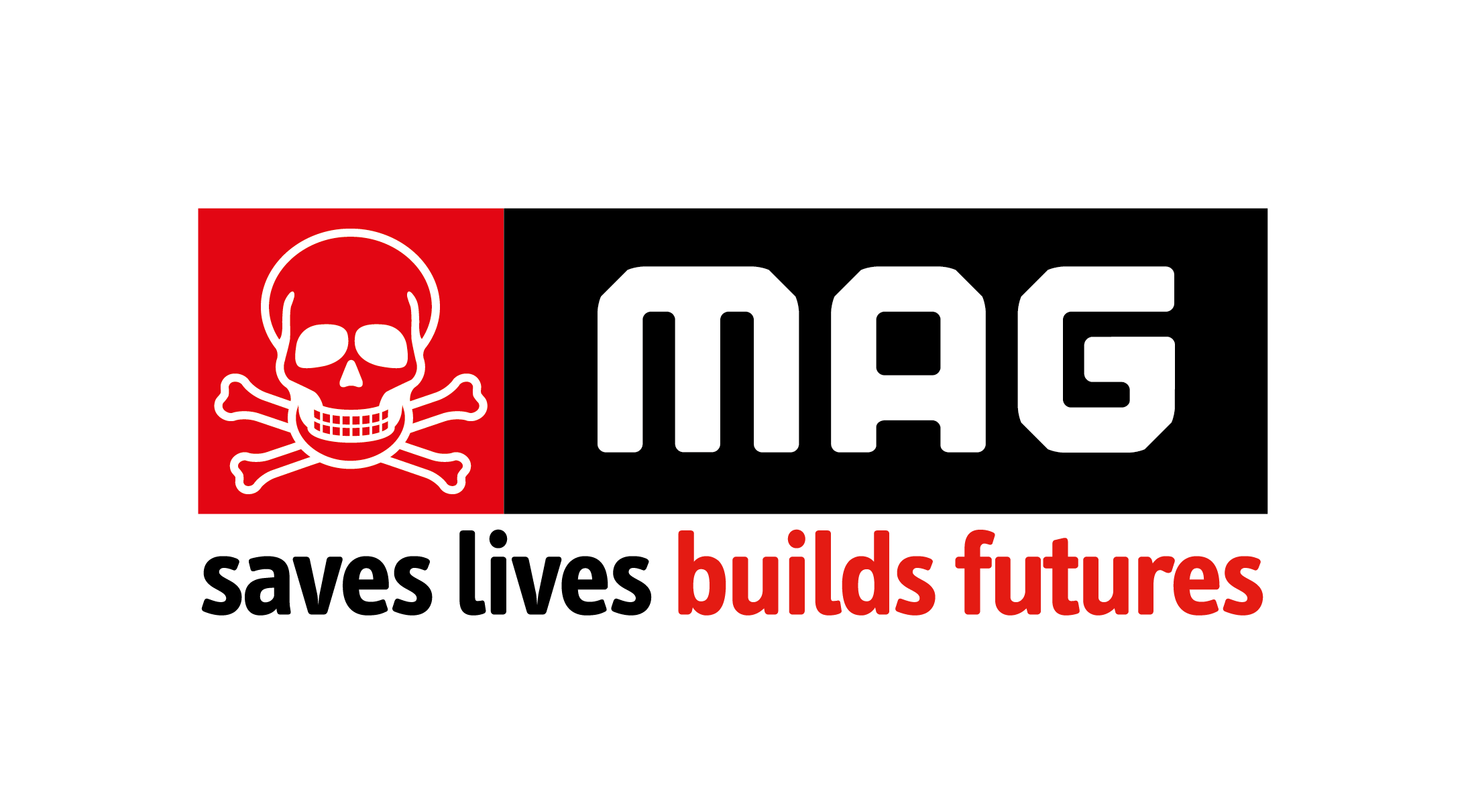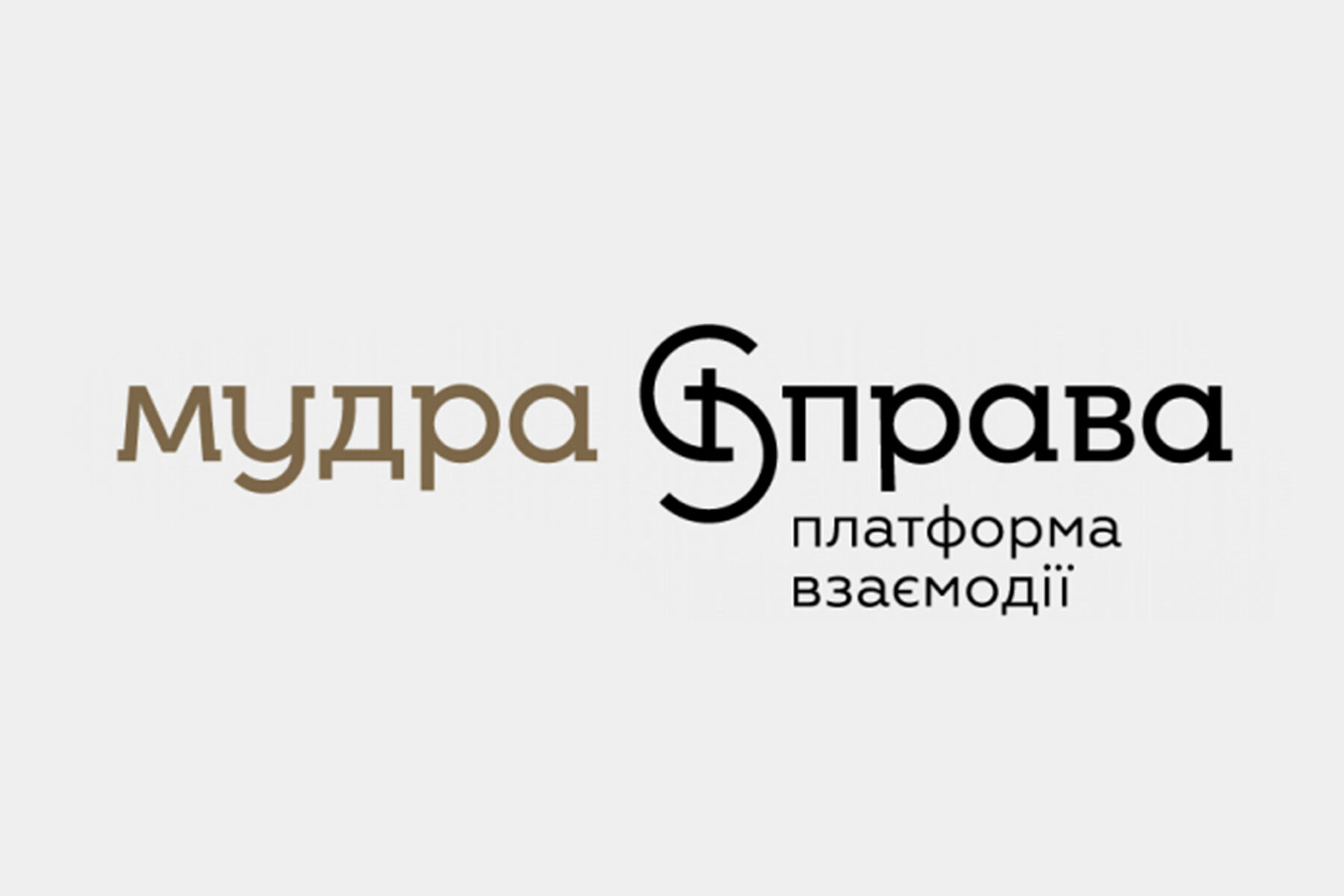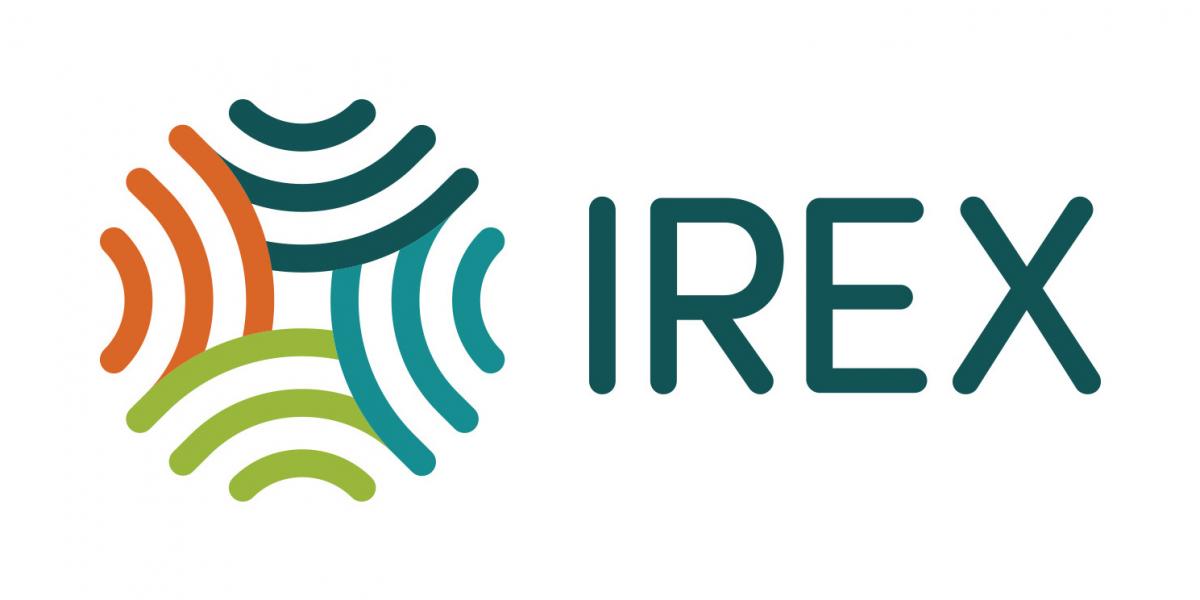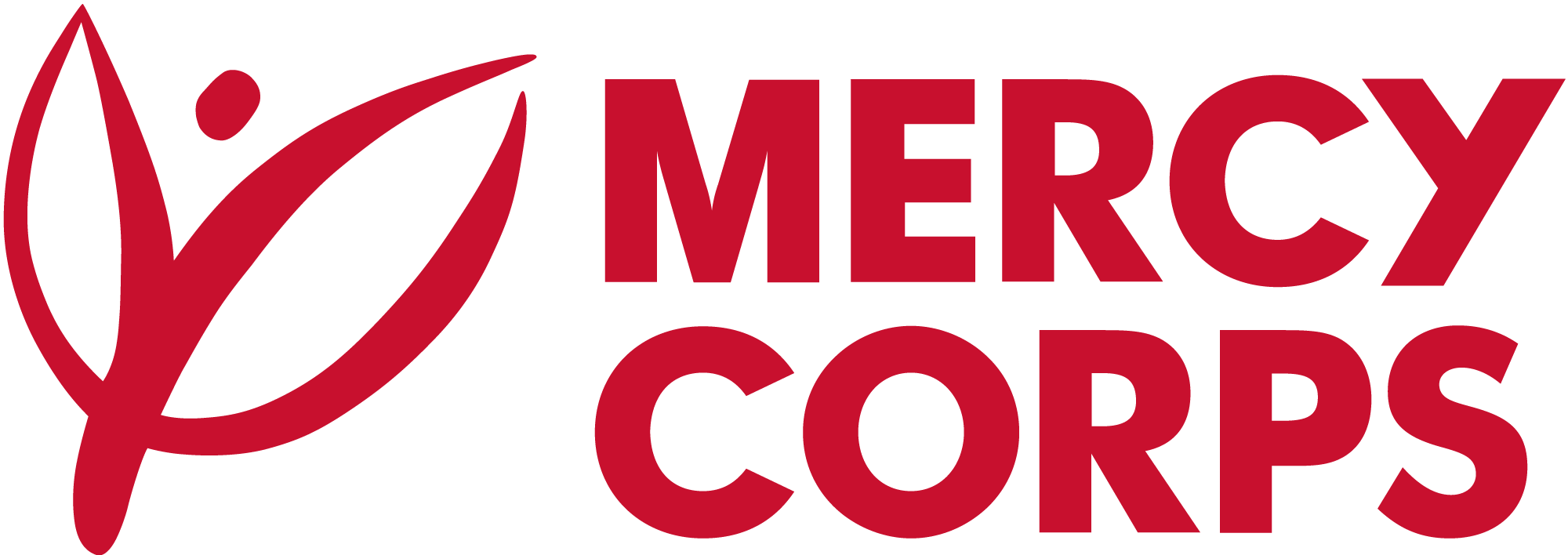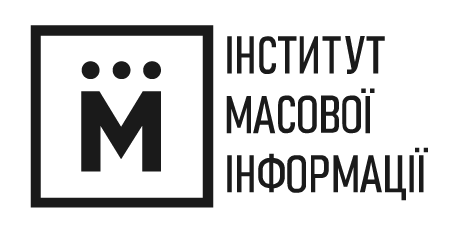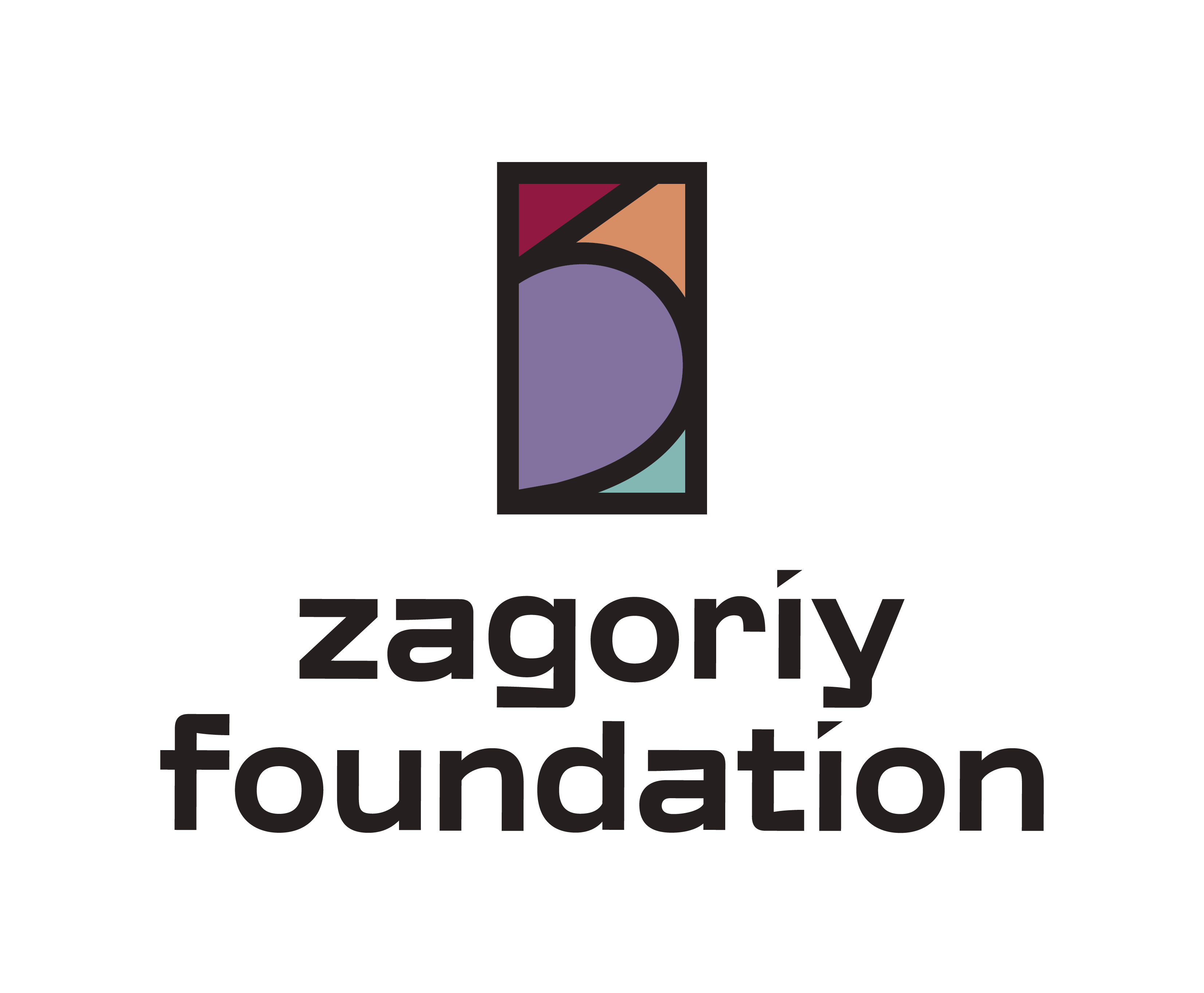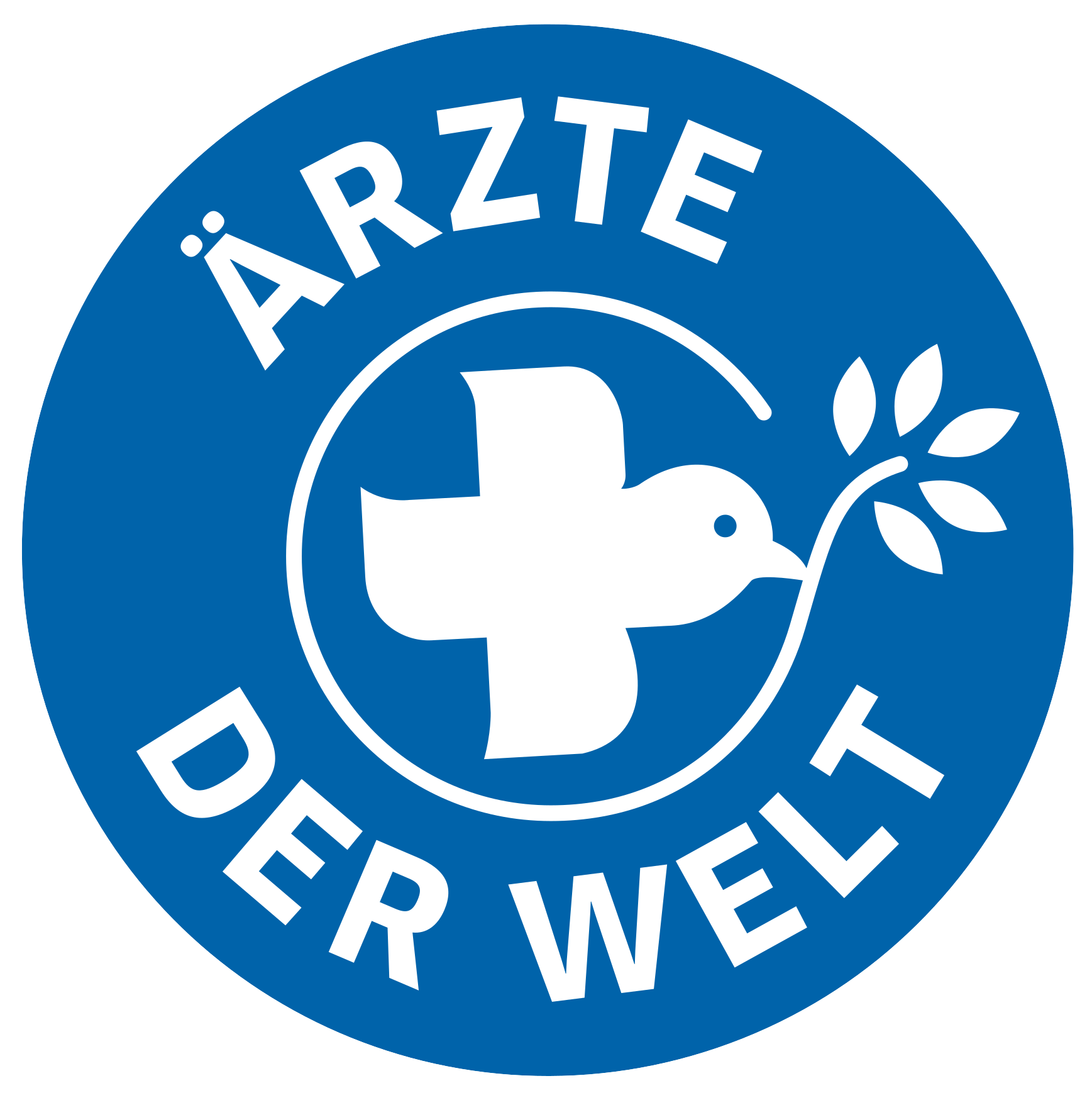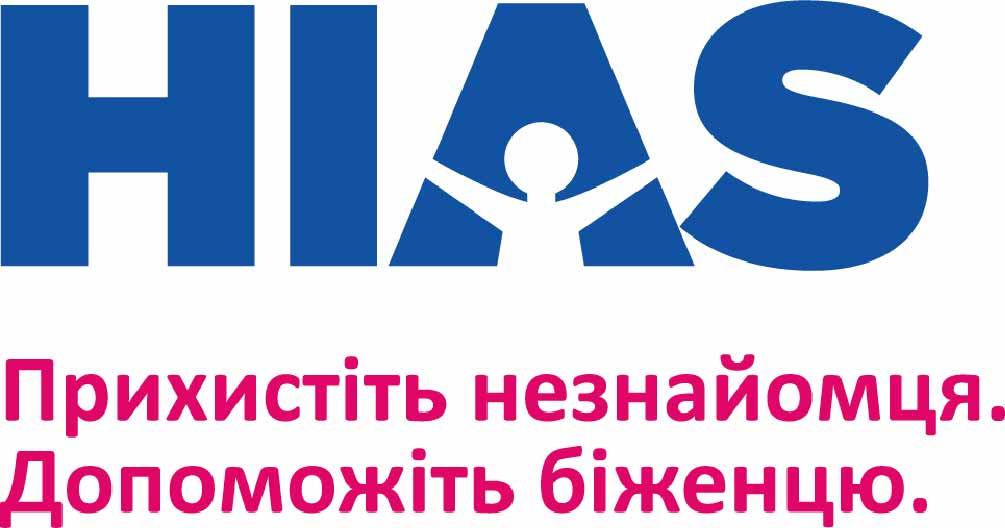Time to Review Your Procurement Policy
ДрукуватиNo organization can function without the daily use of resources. Procurement is an essential part of operations, as it enables the planning and provision of necessary goods and services to carry out activities. For non-profit organizations, which are established to drive social change rather than generate profit, particular attention is paid to how financial resources are spent—regardless of whether they come from donors, membership fees, businesses, or individual citizens.
This is why the procurement policy is one of the key internal documents of any organization. It regulates the procurement process and procedures, defines responsible parties, and ensures the purposeful and transparent use of funds in line with the organization’s mission and objectives. In doing so, it provides strong internal control over expenditures.
While working on improving procurement-related internal control systems in non-profit organizations, we identified a number of common mistakes that should be avoided when establishing a procurement policy.
- Avoiding Tenders
Conducting a tender involves a full competitive selection process, which includes preparing a public announcement, widely disseminating it to attract as many suppliers as possible, and carrying out a transparent evaluation procedure to select the most advantageous offer based on the price–quality ratio. This applies to the procurement of both highly specialized services and expensive goods or equipment.
However, in practice, organizations may set tender thresholds too high. As a result, the tender procedure is rarely used—even for large-scale procurements.
To avoid this, it’s advisable to analyze all procurements made over, for example, the previous calendar year and use this data to determine realistic threshold amounts for each type of procurement procedure—direct purchase, request for quotations, and tender. It’s also important to ensure that all types of procurement procedures outlined in the policy are applicable and actually used throughout the year.
- Segregation of Duties
It is quite common to encounter situations where the same person initiates a purchase, communicates with potential suppliers, receives their proposals, and independently decides which offer to select. This practice is especially widespread in smaller organizations with limited human resources.
However, organizations must closely monitor the segregation of duties within procurement procedures. No staff member or officer should have sole control over all stages of the process—from initiation to approval and execution. Roles and responsibilities must be clearly divided so that key functions such as initiation, approval, authorization, accounting, and oversight are performed by different individuals.
Clear segregation of duties in procurement reduces the risks of fraud, and errors, while also ensuring an appropriate level of internal control.
- Executive Director as a Member of the Tender Committee
If your organization does not avoid tenders and conducts them in accordance with internal regulations, this is undoubtedly a positive practice. However, an important question arises: should the Executive Director be a member of the tender committee?
The tender committee makes a collective decision regarding the selection of a supplier. To do this properly, the committee must consist of at least three members. Once the winner is selected, the executive director, as the authorized official, approves the procurement—since they bear overall responsibility for the organization’s activities.
However, if the Executive Director is both a member of the tender committee and the person who approves their decisions, there is a risk of a conflict of interest. In this case, one individual is involved in both making and approving the same decision.
Therefore, we recommend carefully reviewing the composition of your tender committee.
- Internal Procedures vs. Donor Requirements
Organizations often work with various donors and receive targeted funding from them. In such cases, procurement processes are held to even higher standards, as funds must be used strictly for the purposes outlined in the grant agreement.
Many donors establish their own procurement requirements, and organizations working with multiple donors simultaneously may struggle to align their internal policies with all these differing expectations. This raises a logical question: what should be done when donor procedures conflict with the organization’s internal policies? For example, if the donor’s threshold for a tender is lower or higher than that set in the organization’s procurement policy.
When carrying out procurements using grant funding, it is advisable to follow the donor’s requirements—provided they do not contradict local law. At the same time, the following considerations should be taken into account:
- If the procurement amount exceeds the thresholds established in the organization’s internal policy, the organization must apply its own procedures, even if the donor sets a higher threshold.
- If the procurement amount is below the internal threshold but falls under the donor’s requirements, the donor’s procedures should be followed to ensure compliance with the terms of the grant agreement.
- Outdated Policy
We often encounter situations where an organization’s internal procurement policy no longer reflects its actual operations. For instance, the organization may have grown significantly over the years, increased the volume of its procurements, hired a dedicated procurement officer, or continued using an outdated exchange rate to set procurement thresholds. These are just a few examples—there are many more.
It’s important to remember that your internal procurement document—whether it’s a policy, manual, or set of guidelines—is not a static document. As the organization evolves, so do its processes, needs, and resources. Therefore, it’s impossible to define a fixed period for when the policy should be reviewed. Instead, we recommend initiating a review of the policy in the following situations:
- when existing procedures no longer reflect actual practices;
- when staff members are unclear about roles and responsibilities;
- when documentation errors become increasingly frequent;
- when organizational changes occur—such as team expansion, new donors, or new areas of activity.
In such cases, it is advisable to revise the policy to strengthen internal controls.
It is also essential that the policy update process be participatory—that is, involving team members who can share their experiences, insights, and suggestions. And just as important: after updating the document, conduct a staff training to ensure the policy is not just a formal piece of paper, but a tool actively used in everyday work.
Author: Nataliia Shkurka, Capacity Building Advisor at Compass Group.


